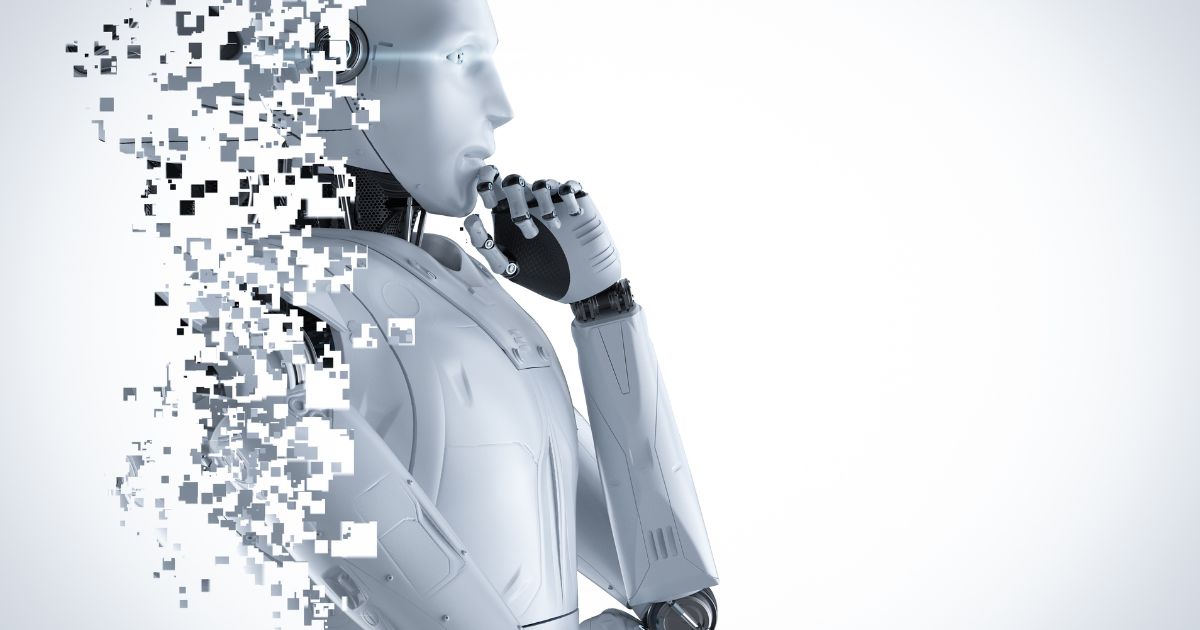- Who We Are
- What We Do
- Success Stories
- Careers
- News & Events
- Contact us

Complex software and robust hardware are combined in advanced robotics, which uses smart sensor technologies to interact with the physical environment. Advanced robotics is utilized in industrial facilities that occasionally operate round-the-clock without human supervision in Industry 4.0.
As of 2017, there were 2.5 million industrial robots in use globally, according to the International Federation of Robotics. Industrial robots come in various designs, including collaborative robots, selective compliance assembly robots, automated guided vehicles, and articulated robots.
Manufacturing is being impacted by advanced robotics. As a result of digitization and the expansion of the use of cutting-edge computing technologies like artificial intelligence (AI), manufacturing processes are becoming more complicated and broad in scope.
Advanced robotics applications are being employed more frequently to help streamline and simplify initiatives. More automation is required in this new, more challenging operational environment.
The sections below provide further details about the role of advanced robotics in the increasingly evolving tech-driven world.
The Employment Landscape and Advanced Robotics
Traditional labor will continue to change into robotically optimized labor in the future. It is still being determined whether or not highly-developed robotics will eventually replace manufacturing jobs.
By creating possibilities that need a variety of skill sets, robotics can also positively alter the job market.
Companies search for strategies to further develop talent in response to the shifting manufacturing environment and anticipate future company needs.
To help prepare students for the changing skill requirements in advanced robotics and digital engineering, RGBSI recently opened a robotics training facility at Goodwin College called the “RGBSI Robotics & Automation Center.”
How Do Advanced Robotics Fit into Industry 4.0?
The factory of the future, or Industry 4.0, uses advanced robotics to boost efficiency by replacing manual activities and completing them more quickly. One illustration is the assembly of flexible pieces.
Because they can alter and course-correct as protocols and processes change, sophisticated robots can accomplish this. In an industrial setting, conventional robots lack this level of versatility.
If methods or processes change, conventional robots on an assembly line must briefly stop for reconfiguration.
The usage of advanced robots also has the benefit of being simpler to set up and configure on an assembly line from the start of their implementation, which gives them an edge over ordinary robots. Advanced robots can also use simulator software to train them in various activities.
This is a desirable quality for businesses that use manufacturing systems that necessitate several adjustments throughout the production process.
Manufacturers increase quality, dependability, and precision by using technology to fill skill gaps on the assembly line. Additionally, they operate in dangerous areas more safely than their conventional robot counterparts.
When compared to more advanced robots, conventional robots are less safe for humans to operate. Many sophisticated robots actively perceive their surroundings using machine vision and intelligent sensor technology.
Due to digitizing manufacturing environments, production systems are more customizable, versatile, and adaptable. Manufacturers can now meet the rising demand for specialized goods and single-product variations thanks to advanced robotics.
Conclusion
It is evident that several factors influence the development of advanced robotics. The understanding of artificial intelligence and machine learning is increasingly allowing robots to operate autonomously. Also, the ever-growing demand for faster, more efficient, and more versatile robots in the industry is driving manufacturers to create ever more sophisticated machines.
Written by Daniele Paoletti
